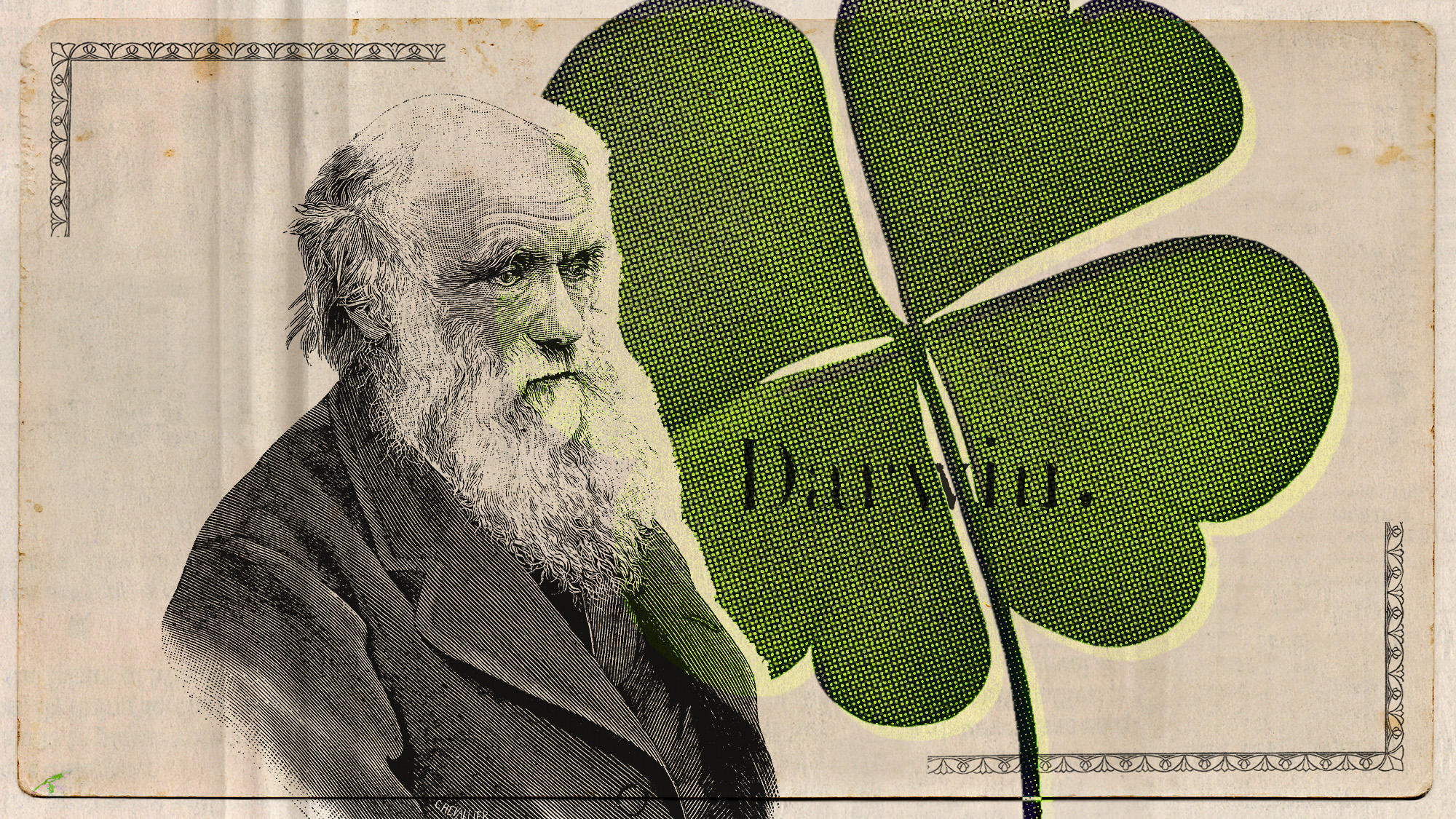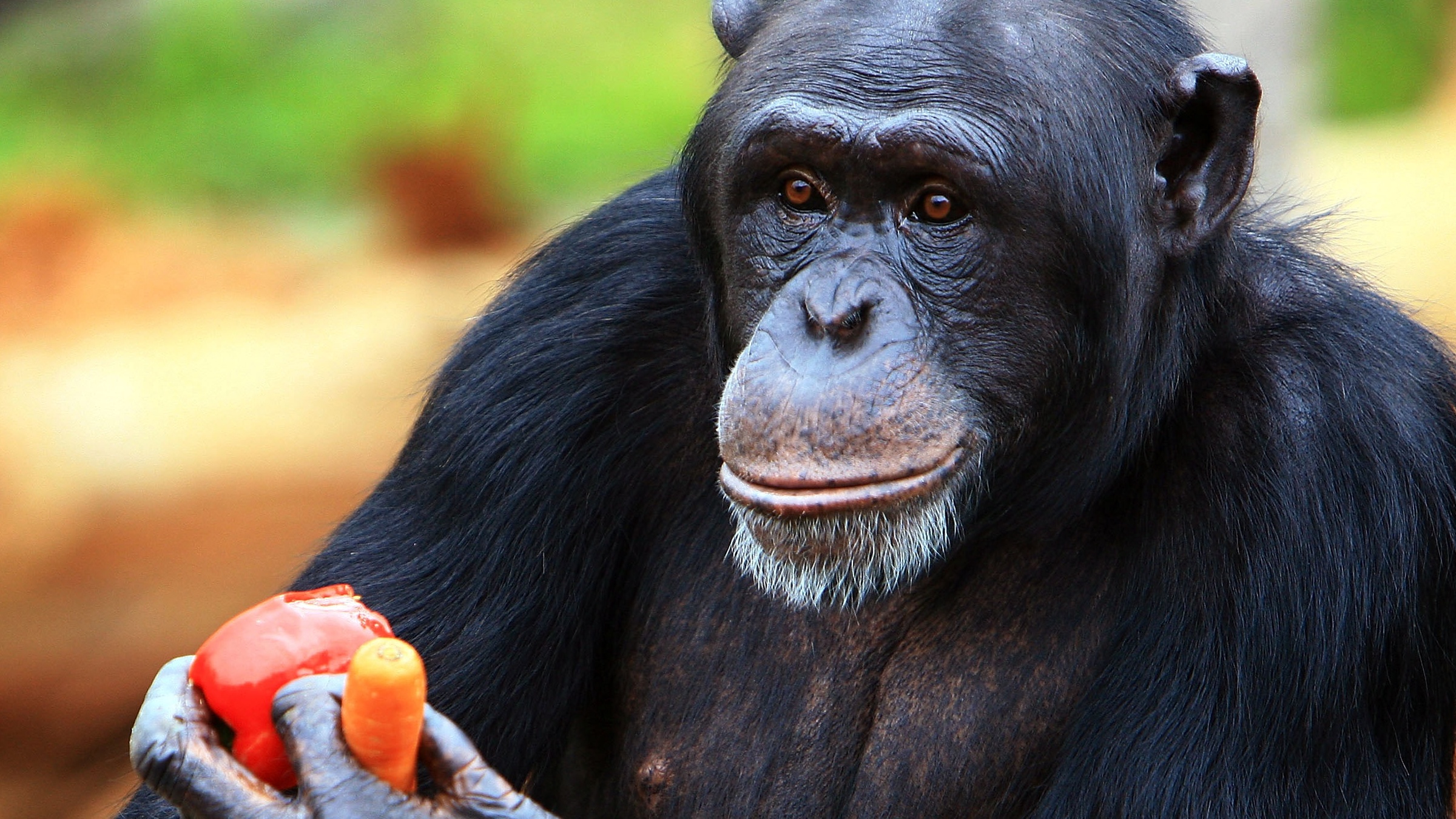The science behind puppy dog eyes
New study says the animals have evolved facial muscles that allow them to ‘communicate’ with humans

Dogs have evolved muscles around their eyes that allow them to make the so-called puppy eyes that melt humans’ hearts, a UK-US research team has found.
The study - published this week in the US journal Proceedings of the National Academy of Sciences - says that in a process spanning tens of thousands of years, people unconsciously bred dogs with “expressive eyebrows” and an “infant-like” look after domesticating the animals from wolves.
Is this a new discovery?
The Week
Escape your echo chamber. Get the facts behind the news, plus analysis from multiple perspectives.

Sign up for The Week's Free Newsletters
From our morning news briefing to a weekly Good News Newsletter, get the best of The Week delivered directly to your inbox.
From our morning news briefing to a weekly Good News Newsletter, get the best of The Week delivered directly to your inbox.
Previous studies have shown how such canine expressions can appeal to humans, with dogs with more mobile brows proving most likely to be rescued from animal shelters. What is new is the understanding that an anatomical difference has evolved over time to exploit the human instinct to nurture.
People respond to dogs that can raise their eyebrows in the middle of their faces, creating a look that suggests anxiety, also known as puppy dog eyes. The team behind the new research say mobile brows allow dogs to “create the illusion of human-like communication”.
“When dogs make the movement, it seems to elicit a strong desire in humans to look after them,” says the study, co-authored by Dr Juliane Kaminski, a psychologist at the University of Portsmouth.
The movement creates an expression like that which “humans produce when they are sad”, and also makes dogs’ eyes “appear larger [and] more infant-like”, the study authors explain.
A free daily email with the biggest news stories of the day – and the best features from TheWeek.com
How do they know?
Study leader Kaminski and her colleagues dissected the bodies of dogs and wolves that had been donated to science after dying natural deaths. These dissections revealed that the muscle around the eye that facilitates that movement was “almost completely absent” in wolves but “large and prominent in dogs”, says National Geographic.
A second eye muscle, which makes dogs look more human by exposing more of the white of the eye, was also larger in domesticated animals. With the exception of these eye muscles, dogs and wolves are “very similar anatomically”, the science news site notes.
How did this difference arise?
The bigger eyebrow muscles found in dogs have “evolved” as a result of “human selection”, says Scientific American. In other words, people chose to breed dogs that had more mobile eyebrows, along with other desirable characteristics such as docility.
The new study argues that people have not deliberately chosen dogs with expressive eyebrows, but rather exhibited an “unconscious preference” for those that looked more human.
-
 Retro tomatoes: a species of the plant is evolving backward
Retro tomatoes: a species of the plant is evolving backwardUnder the radar Environmental factors may play a role
-
 Intelligent life may be more common than we thought
Intelligent life may be more common than we thoughtUnder the radar Humans were more likely a predictable result of planetary conditions than a fluke, says new research
-
 Luck be an evolutionary lady tonight
Luck be an evolutionary lady tonightUnder the Radar Evolutionary change is sometimes as simply and unpredictable as a roll of the dice
-
 Octopuses could be the next big species after humans
Octopuses could be the next big species after humansUNDER THE RADAR What has eight arms, a beaked mouth, and is poised to take over the planet when we're all gone?
-
 How chimpanzee ‘lip smacking’ can unlock mystery behind human speech
How chimpanzee ‘lip smacking’ can unlock mystery behind human speechSpeed Read New study reveals rhythm of great apes’ communications is identical to spoken language

